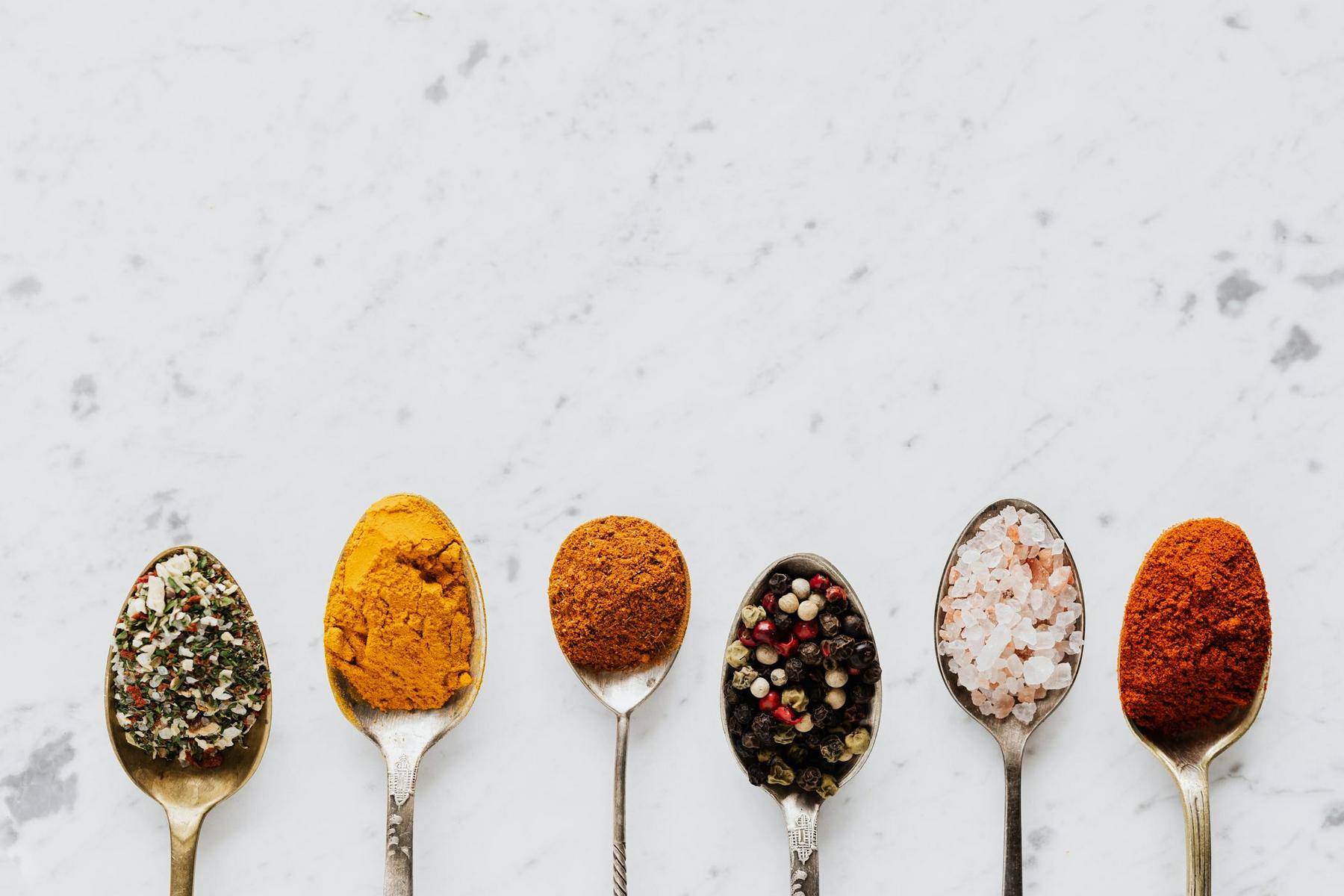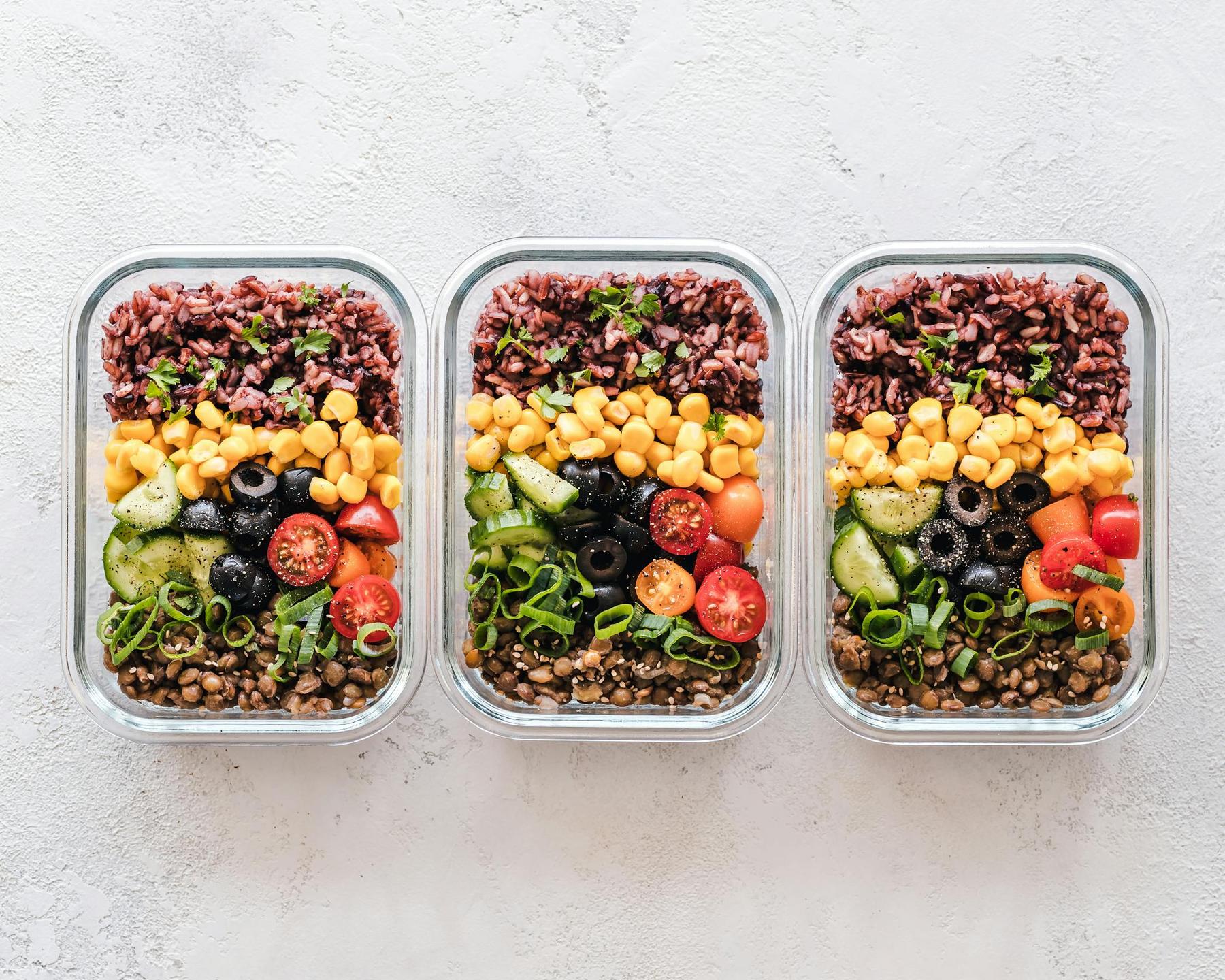In Australia, the average person consumes approximately 9.6 grams of sodium daily—nearly double the World Health Organization’s recommended limit of 5 grams. This excessive salt consumption significantly increases risk factors for cardiovascular disease, hypertension, and other chronic health conditions. The challenge many face isn’t recognizing the need to reduce sodium but finding ways to do so without compromising the flavour of meals. Fortunately, cutting back on salt doesn’t mean resigning yourself to bland, tasteless food. With evidence-based culinary techniques and strategic dietary modifications, it’s possible to create delicious, satisfying meals while supporting better health outcomes.
Why Is Reducing Salt Intake So Important for Australians?
Excessive sodium consumption remains a pressing public health concern in Australia. Research indicates that men consume an average of 10.1 grams of sodium daily, while women average 7.3 grams—both significantly exceeding the Australian Dietary Guidelines recommendation of 2.3 grams maximum (equivalent to about 6 grams of salt) for the general population.
High sodium intake directly contributes to elevated blood pressure, with studies showing that each 5-gram increment of salt can raise systolic and diastolic pressures by 5-7 mmHg. This heightened pressure creates strain on the cardiovascular system, increasing stroke and coronary artery disease risk by 20-30%, even independent of diagnosed hypertension.
Beyond cardiovascular effects, excessive salt consumption also accelerates calcium excretion through the kidneys, potentially contributing to osteoporosis and kidney stone formation. These health implications make sodium reduction a critical dietary priority for Australians across all age groups.
What Are the Most Effective Flavour-Enhancing Alternatives to Salt?
Reducing salt doesn’t mean sacrificing flavour—rather, it means exploring the rich landscape of alternative seasoning approaches that can actually enhance the complexity and depth of your meals.
Harnessing Umami: The Fifth Taste Sensation
Umami-rich ingredients provide satisfying savouriness that can compensate for reduced salt. This flavour profile, mediated by glutamate receptors, creates a sensation of richness and depth that enables sodium reduction of 30-50% without noticeable taste degradation. Key umami sources include:
- Mushrooms (particularly dried shiitake varieties)
- Ripe tomatoes
- Low-sodium fermented products (miso, tamari)
- Nutritional yeast
- Seaweed varieties
Research demonstrates that incorporating just 10 grams of dried mushrooms into a standard broth creates umami intensity equivalent to 0.3 grams of added salt—a significant reduction with no flavour compromise.
Acidic Components as Natural Flavour Amplifiers
Acids play a crucial role in flavour perception, stimulating salivary glands and enhancing taste sensitivity. Strategic use of acidic ingredients can reduce perceived salt requirements by 15-20% while adding brightness and complexity to dishes. Effective acid sources include:
- Citrus juices and zest (lemon, lime, grapefruit)
- Vinegars (balsamic, apple cider, rice)
- Cultured dairy products (yoghurt, buttermilk, kefir)
- Fermented vegetables
- Wine and cooking alcohols
A mere 5 ml addition of lemon juice to soups or sauces can significantly reduce perceived sodium requirements while enhancing overall flavour profiles.
Herb and Spice Blends for Complex Flavour Development
Aromatic herbs and spices deliver concentrated flavour compounds that can effectively mask low-salt profiles while contributing beneficial phytochemicals. Australian native botanicals are particularly effective, with ingredients like lemon myrtle (Backhousia citriodora) imparting intense citrusy notes that can reduce sodium requirements in grilled proteins and vegetable dishes by up to 40%.
Effective herb and spice combinations include:
- Mediterranean blends (rosemary, thyme, oregano)
- Curry spice blends (turmeric, cumin, coriander)
- Herb-infused oils
- Garlic and onion powders (without added salt)
- Pepper varieties (black, white, cayenne)
Dried herbs generally provide more concentrated flavour than fresh varieties, making them particularly useful for sodium reduction strategies in everyday cooking.
How Can Cooking Techniques Help Reduce Salt Without Compromising Taste?
Beyond ingredient selection, specific cooking methods can naturally enhance flavour complexity while minimising salt requirements.
Flavour-Concentrating Techniques
Slow cooking methods like braising, roasting, and caramelisation naturally intensify flavours through Maillard reactions, creating rich taste profiles without added sodium. These techniques work by breaking down complex carbohydrates into simpler sugars, developing natural sweetness that counterbalances and reduces salt requirements.
Effective approaches include:
- Slow-roasting vegetables at lower temperatures (160-180°C) to develop natural sugars
- Caramelising onions over low heat for 30-45 minutes before using in soups or sauces
- Oven-drying tomatoes to concentrate their inherent umami compounds
- Braising tougher cuts of meat slowly to develop rich, complex flavours
- Using pressure cookers to intensify flavours in shorter cooking times
Strategic Sodium Reduction in Prepared Foods
When using prepared ingredients that typically contain high sodium levels, specific techniques can significantly reduce salt content while preserving nutritional value:
- Rinsing canned legumes under running water for 60 seconds removes 27-40% of sodium
- Combining reduced-sodium stocks with homemade broths in a 1:1 ratio achieves a 30% sodium decrease with maintained flavour acceptance
- Implementing progressive 10% weekly sodium reductions in homemade dishes enables palate adaptation without noticeable taste differences
What Practical Changes Can Australians Make in Their Daily Food Choices?
Meaningful sodium reduction requires both culinary strategies and mindful shopping habits. Understanding food labels and making strategic substitutions can significantly impact overall salt intake.
Understanding Food Labels and Low-Sodium Options
The Australian Health Star Rating system helps identify lower-sodium products (those with less than 120mg/100g), though research indicates only 35% of consumers actively utilise this tool. Developing label literacy can reduce sodium intake by 0.8-1.2 grams daily through informed purchasing decisions.
When evaluating products, keep these benchmarks in mind:
| Sodium Content Classification | Amount per 100g | Practical Interpretation |
|---|---|---|
| Low Sodium | <120mg | Good everyday choices |
| Medium Sodium | 120-600mg | Consume in moderation |
| High Sodium | >600mg | Limit frequency |
Gradual Palate Adaptation Strategies
One of the most effective approaches to sodium reduction is progressive adaptation rather than abrupt change. Research shows that stepwise 10% weekly sodium reductions enable taste perception to adjust, with 90% of participants in a 12-week trial reporting no perceived difference in taste enjoyment despite significant sodium reduction.
Practical implementation includes:
- Measuring salt currently used and reducing by 10% each week
- Combining regular and low-sodium versions of products (e.g., soy sauce, broths)
- Using salt-free seasonings in increasing proportions
- Focusing on fresh, unprocessed foods which naturally contain less sodium
This gradual approach allows taste buds to recalibrate, eventually recognising and appreciating the natural flavours of foods without excessive salt.
How Can Technology and Modern Approaches Support Lower-Sodium Diets?
Modern innovations are making salt reduction increasingly accessible for Australian consumers through both commercial products and digital support.
Advanced Salt Substitutes and Alternatives
Technological developments have created more palatable salt alternatives compared to earlier options:
- Potassium chloride (KCl) formulations that substitute 30-70% of sodium chloride in products, now with improved taste profiles
- Reduced-sodium sea salt produced through electrodialysis techniques, containing 50% less sodium while retaining beneficial minerals like magnesium and calcium
- Mushroom powder concentrates that provide natural umami enhancement
- Specialty herb blends specifically formulated to compensate for reduced salt
Digital Health Support for Sodium Reduction
Telehealth platforms and digital tools increasingly integrate sodium reduction strategies into broader health monitoring:
- Recipe modification algorithms that automatically adjust sodium levels while maintaining flavour balance
- Barcode scanning apps that identify lower-sodium alternatives
- Meal planning tools that optimise flavour while controlling sodium intake
- Online communities providing support and recipe sharing for low-sodium cooking
Australian telehealth services are increasingly incorporating these digital approaches to help patients manage dietary sodium as part of comprehensive health management.
The Balanced Approach to Salt Reduction: Practical Wisdom
Achieving sustainable sodium reduction requires balancing health goals with enjoyment and satisfaction. Rather than viewing salt reduction as deprivation, approach it as an opportunity to discover new flavours and culinary techniques.
The most successful sodium reduction approaches involve:
- Focusing on incremental changes rather than drastic elimination
- Prioritising natural flavour enhancers over processed alternatives
- Developing cooking skills that naturally minimise salt requirements
- Understanding the sodium content of commonly consumed foods
- Recognising that taste preferences adapt over time with consistent changes
By implementing these approaches, most Australians can reduce their sodium intake by 30-50% while actually improving flavour complexity and food enjoyment—a genuine win-win for both health and culinary satisfaction.
How long does it take for taste buds to adjust to lower salt levels?
Research indicates that most people experience significant taste adaptation within 2-3 weeks of consistent sodium reduction. During this period, implementing gradual 10% weekly reductions allows palate adjustment without noticeable flavour compromise. By week 4, most individuals report equal or greater satisfaction with lower-sodium foods as their taste sensitivity to salt increases, allowing them to detect and appreciate subtle flavours previously masked by excessive sodium.
Which common Australian foods contain the highest amounts of hidden salt?
Processed and restaurant foods account for approximately 77% of dietary sodium in Australia. The highest contributors include: 1. Processed meats (bacon, ham, sausages) 2. Commercial breads and baked goods 3. Ready-made sauces and condiments 4. Savoury snacks and crackers 5. Certain breakfast cereals 6. Take-away meals, particularly Asian and fast-food options. These foods, along with discretionary salt added during cooking or at the table (approximately 15% of total intake), represent the most significant sources of excess sodium in the Australian diet.
Can salt substitutes containing potassium be harmful for some people?
While potassium-based salt substitutes offer benefits for many individuals, they may pose risks for those with kidney dysfunction, certain cardiovascular conditions, or those taking specific medications like ACE inhibitors, ARBs, or potassium-sparing diuretics. These products can potentially cause dangerous potassium elevations in vulnerable populations. Always consult with a healthcare provider before using potassium-based substitutes if you have underlying health conditions or take prescription medications.
How does restaurant dining affect salt intake, and what strategies help manage it?
Restaurant meals typically contain 60-250% more sodium than equivalent home-prepared options. Effective sodium management strategies when dining out include: requesting sauces and dressings on the side; choosing grilled, steamed, or roasted preparations over fried items; inquiring about low-sodium preparation options; selecting fresh vegetable sides without added seasonings; and being cautious with typically high-sodium cuisines like fast food, pizza, and some Asian dishes. Many Australian restaurants now offer lower-sodium alternatives when requested, particularly in health-focused establishments.
What’s the relationship between salt intake and weight management?
While salt itself contains no calories, excessive sodium consumption often correlates with higher calorie intake through processed foods and can contribute to fluid retention. Additionally, habitual high-salt consumption may alter taste preferences toward energy-dense foods and potentially affect metabolic processes. Sodium reduction strategies often naturally align with overall dietary improvement, supporting broader weight management goals through emphasis on whole foods, mindful eating, and flavour appreciation.



